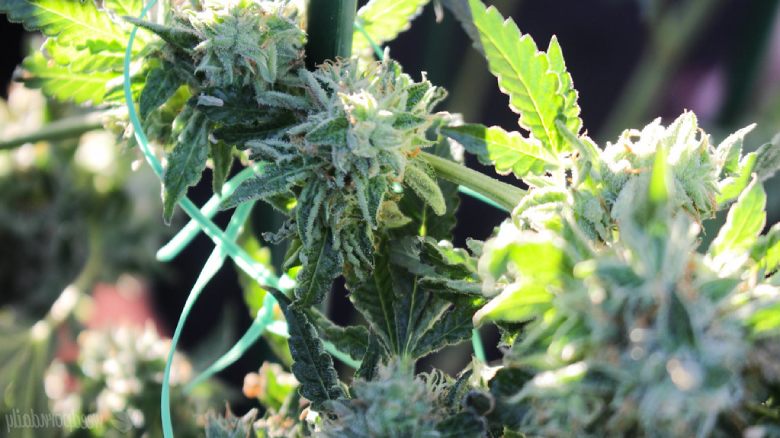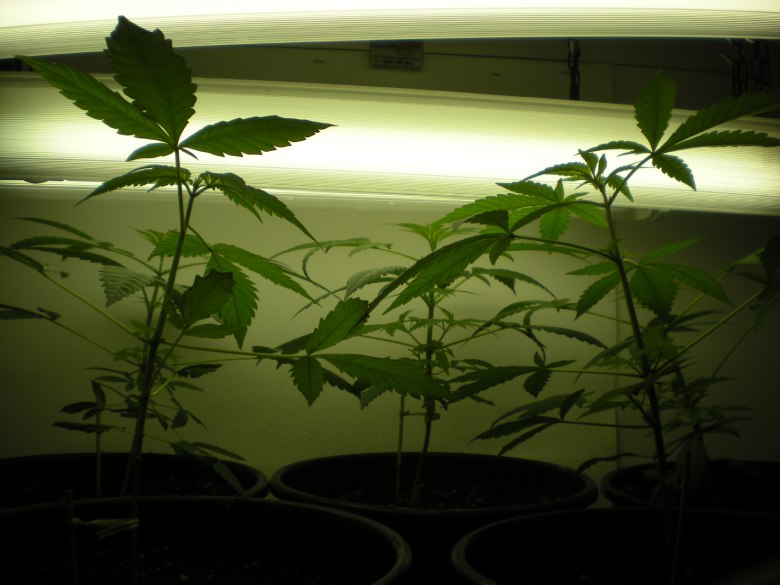Modified on: 18/03/2024
What It Means to Cultivate Cannabis Outdoor, Indoor and Greenhouse and What Are the Differences Between the Three Cultures.
Novice farmers and consumers often ask themselves what is the best technique for obtaining high quality legal weed and its derivatives, such as CBD oil: outdoor, indoor or greenhouse?
Let’s analyze the main differences between the various techniques of cultivation of legal hemp in order to draw all the possible advantages!
Cannabis Cultivation of outdoor plants: growing cannabis successfully
Cultivating outdoor CBD cannabis (sun grown cannabis) can be very challenging, but it is an excellent sustainable and economical alternative if you follow the right moves to do!

Before trying your hand at CBD weed cultivation, it is a good idea to choose a variety suited to the climatic conditions in the area.
For example, we need to consider the month of harvest, as heavy rains and humidity are the main cause of mold and bacteria (the worst enemies of our dear cannabis plants!).
Generally, for less experienced growers, we recommend October for the harvest: many feminized varieties are ready at this time of the year, so as to avoid future rainfall.
Among the two large species of cannabis, the predominantly Indica one appears the most suitable to withstand adverse weather conditions, while the Sativa variety requires warmer temperatures and more hours of natural light.
Usually the less experienced opt for autoflowering varieties: they can be grown at any time of the year and develop rapidly; it takes eight to twelve weeks to complete the growth cycle. Therefore, they are plants that do not require particular care and tolerate climate change well.
Read also: CBD Cannabis: our review
Outdoor Cannabis: Would It Be Better to Use Pots and Bags or the Soil for Cultivation?
The choice of where to grow your legal buds plants initially is crucial.
If you prefer the land, you must know that it will not be easy to move everything, unlike the vases.
Growing CBD cannabis could also annoy the neighborhood due to the characteristic odor that distinguishes these plants. For this reason it would be good to avoid doing it in inhabited areas or camouflaging the smell by planting something else that gives off as many strong aromas.
You should prefer sunny areas sheltered from the wind, so it is good to study certain factors before deciding on the best place to start cultivating.
Planting marijuana directly outdoor, in the ground, then, means knowing how to work the soil. Cleaning it from weeds, draining water properly and keeping humidity levels suitable for the type you choose are necessary steps to start the growth process on the right foot!
The natural soil has elements that are harmful to the correct development of our plants and many farmers choose to sterilize it through completely natural remedies, such as solarization.
To nourish the soil you can also resort to the use of fertilizers, always natural, so as to grow strong seeds.
All the options require a strong attention towards possible gusts of wind, wild animals in case of more isolated places and the choice of the material with which to place the greenhouse.
Read also: Legal sativa hemp: everything you need to know about it
Growing Cannabis Indoors: Everything You Should Know About It
Indoor growers know that this kind of cultivation offers many advantages: it does not require special periods of the year, there are shorter growth times and crops are abundant. This methodology, however, implies the reproduction of a habitat suitable for the characteristics of the type selected by us.
The tools needed for indoor growing cultivation are hps, led or cfl lamps.

The former also want a reflector, so as to cover the entire perimeter of our room. Those with leds, on the other hand, do not require the use of reflectors, even if they are the most expensive.
The air recirculation circle of air is another essential condition to better cultivate our legal grass, otherwise the plants would absorb it all, delaying the development.
It is also necessary to carefully select the pre-fertilized lands, the pots to be used and the suitable nutrients, so as to provide the energy that the plant needs to complete its growth correctly.
As for the light, during the vegetative phase the CBD flower plants need 18 hours of lighting and 6 hours of darkness every day. Subsequently, it will be possible to display them at 12 hours of light and 12 hours of darkness.
The Disadvantages of Internal Cultivation of CBD Cannabis
Cultivating inland, of course, involves certain advantages as we obtain large harvests by slowing down the growth process of our light grass and controlling the environment in which we decide to start this activity.
There are no disadvantages: high management costs, more maintenance and attention are needed than outdoor cultivation.
Both methods actually present pros and cons: the best solution is based on your needs and knowledge.
Outdoor vs Greenhouse Weed Cultivation Method
Outdoor and greenhouse cannabis cultivation methods offer distinct advantages and considerations for growers. Outdoor cannabis cultivation relies on natural sunlight and environmental factors, such as climate and soil quality, to nurture cannabis plants throughout their life cycle.
This method often results in larger yields and lower energy costs, as growers utilize free resources provided by nature. Additionally, outdoor-grown cannabis tends to have a more prominent terpene profile and may boast higher THC percentages compared to growing indoors counterparts.
On the other hand, greenhouse cultivation combines elements of indoor and outdoor growing environments. Greenhouses provide controlled environments where growers can manipulate light cycles and environmental conditions to optimize plant growth. While not entirely reliant on natural sunlight, greenhouse-grown marijuana benefits from full spectrum sunlight and environmental controls, resulting in denser buds and a more predictable growing cycle.
However, greenhouse cultivation may entail higher initial investments in infrastructure and ongoing ventilation costs compared to outdoor growing. Ultimately, the choice between outdoor, indoor cannabis, or greenhouse cultivation methods depends on factors such as desired yield, environmental control preferences, and resource availability for each individual grower.
Conclusions
In conclusion, the methods of outdoor, indoor, and greenhouse or glasshaouse cannabis cultivation offer unique approaches with their own advantages and considerations. Outdoor cultivation harnesses the power of natural sunlight and environmental conditions, resulting in potentially higher yields and lower energy costs.
Conversely, indoor cultivation provides growers with complete control over environmental factors, allowing for precise manipulation of light cycles and climate control to optimize plant growth.
Greenhouse cultivation blends elements of both indoor and outdoor growing, offering growers the ability to harness natural sunlight while maintaining environmental controls for consistent and predictable cultivation.
Each method presents its own set of challenges and opportunities, from the need to manage outdoor resources to the costs associated with indoor climate control and artificial lighting. Ultimately, the choice between outdoor, indoor, or greenhouse cultivation depends on factors such as desired yield, resource availability, and grower preferences for environmental control and cultivation techniques.
By understanding the differences between these cultivation methods, growers can make informed decisions to cultivate cannabis that meets their specific needs and preferences.
By the way, if you’re interested in the world of hemp and CBD, we invite you to visit our website and online shop, Justbob, where you can find the largest selection of CBD products and formats.
We are waiting for you!





